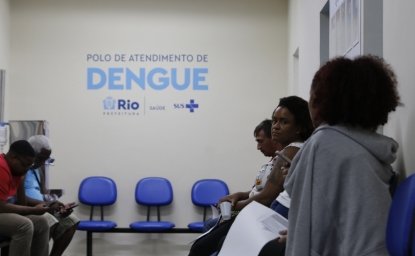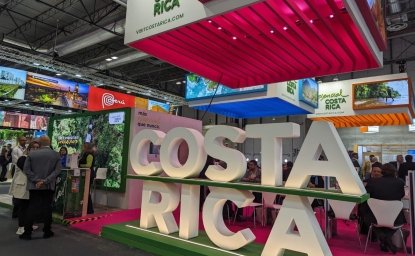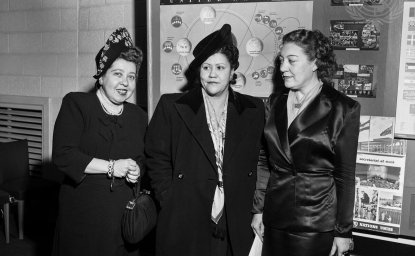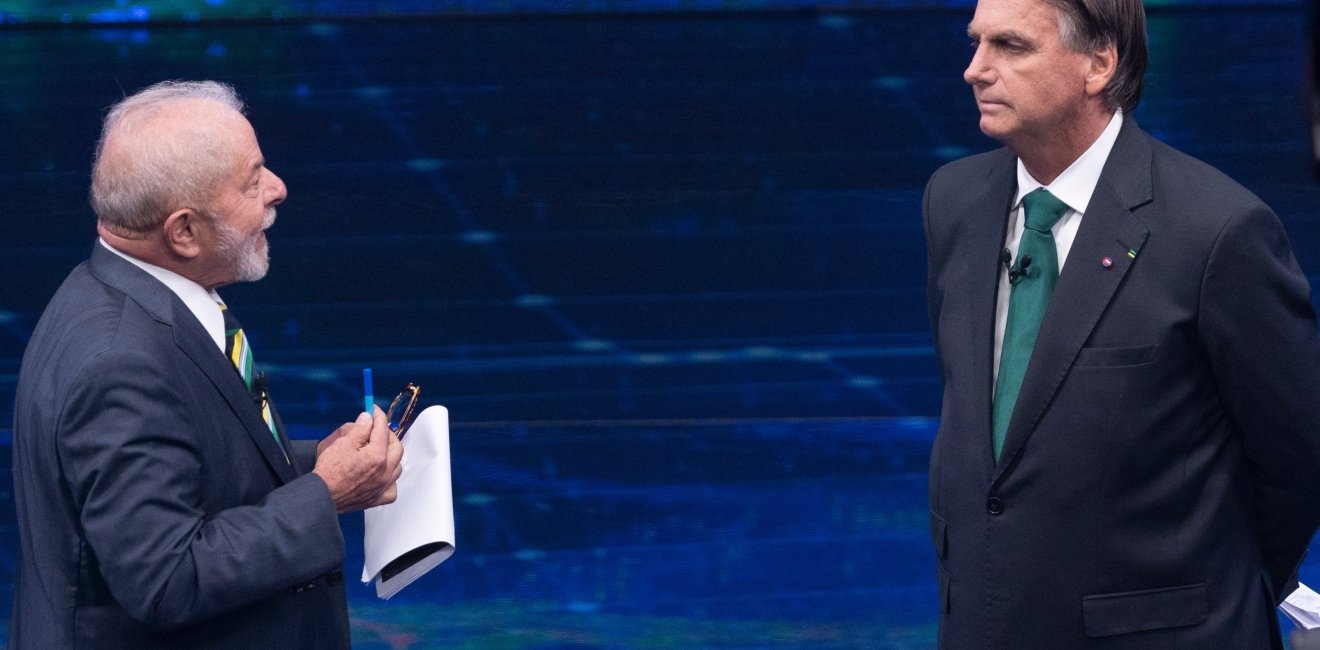
A blog of the Latin America Program
Amid global upheaval, Brazil is experiencing a wave of economic optimism. Its economy is outperforming forecasts, including the IMF’s, and Moody’s credit rating upgrade reinforces the perception that the country is moving in the right direction, despite concerns about fiscal stability. However, with the 2026 presidential race approaching, Brazil’s municipal elections have again demonstrated the country’s complex political dynamics.
On Sunday, 155 million voters went to the polls to elect mayors and council members across Brazil’s more than 5,500 municipalities. Centrist, center-right, and right-wing parties emerged as winners, highlighting President Luiz Inácio Lula da Silva’s challenges as a center-left leader.
Brazil’s municipal elections, held every four years, are not a direct predictor of presidential elections, which occur two years later. Factors such as the economy also shape the presidential contest. Still, they signal political dynamics and power shifts, kicking off an intense period of negotiations leading up to the presidential race in a highly fragmented party system.
Municipal elections signal political dynamics and power shifts, kicking off an intense period of negotiations leading up to the presidential race in a highly fragmented party system.”
To understand the results, it helps to consider Brazil’s recent history, starting with 2016. That year, Brazil held municipal elections amid a recession and significant political turmoil, including the impeachment of President Dilma Rousseff and the sweeping Lava Jato corruption investigation. The environment favored relatively unknown outsider candidates campaigning on anti-corruption platforms, resulting in Lula’s Workers’ Party (PT) suffering its worst defeat in history in the municipal contest.
Two years later, Brazilians elected far-right presidential candidate Jair Bolsonaro amid rising polarization, with social media playing a significant role. The Centrao–a traditional bloc of centrist, center-right, and right-wing parties–continued to gain prominence by winning mayoral contests and securing increasing control over the budget. While part of this group is more conservative, it is usually focused on bargaining for public roles and other political resources, making the relationship between presidents and a fragmented Congress increasingly complex.
Lula returned to the presidency in 2022, making Bolsonaro the first president since Brazil’s re-democratization not to secure a second term. Lula’s political strength, along with his success forming alliances with former opponents under the banner of protecting democracy, was a key factor in his victory. Since the election, Bolsonaro has become ineligible to run in 2026, opening space for new leaders on the right side of the political spectrum.
This year’s municipal elections underscore the undeniable strength of the Centrao, with six parties securing 4,055 municipalities–73% of the total. In practical terms, this means that no Brazilian leader will be able to effectively govern without the support of the Centrao, particularly its largest member, the Social Democratic Party (PSD).
This year’s municipal elections underscore the undeniable strength of the Centrao. In practical terms, this means that no Brazilian leader will be able to effectively govern without the support of the Centrao.”
A clearer divide is emerging within Brazil’s right, making it difficult to define what was once broadly categorized as “Bolsonarismo” solely by its ties to the former president. In 2018, Bolsonaro was elected as part of a small party, the Partido Social Liberal (PSL). Despite benefiting from his popularity, the PSL nearly splintered due to a lack of internal leadership and the diverse profiles of its elected representatives. Today, Bolsonaro has aligned himself with the Liberal Party (PL), a well-established player in Brazilian politics and part of the Centrao, which he had previously criticized.
This shift reflects a transformation in “Bolsonarismo,” now divided between a faction that aligns with traditional political classes–referred to as “Institutional “Bolsonarismo”–and a more radical faction rooted in conservative Christian values and anti-PT sentiment. The PL’s strong performance in the elections positions it as a key player in the 2026 presidential race. However, Bolsonaro’s position remains uncertain as he faces a fractured electoral base and must adapt to the traditional rules of his new party, which often conflict with the interests of his more radical supporters. It is clear that the former president is no longer the uncontested leader of the right.
On the left and center-left, Lula's PT, in decline over the last decade, won in 252 cities, ranking ninth in municipal control and winning in only one state capital. Despite a slight recovery from 2020, it remains far from its peak in 2012, when it controlled 635 cities. This outcome underscores an old challenge: the party still needs to reinvent itlsef.
These complicated dynamics create uncertainty about Brazil’s future. Over the next two years, Lula is likely to adapt, including by changes in his cabinet. The better-than-expected economic performance is favorable for his administration, but the realignment on the right beyond “Bolsonarismo” could strengthen Lula’s opponents. That in turn would bring new questions about whether Brazil’s left and center-left leaders can effectively find alternatives outside of Lula’s shadow.
Author


Brazil Institute
The Brazil Institute—the only country-specific policy institution focused on Brazil in Washington—aims to deepen understanding of Brazil’s complex landscape and strengthen relations between Brazilian and US institutions across all sectors. Read more


Latin America Program
The Wilson Center’s prestigious Latin America Program provides non-partisan expertise to a broad community of decision makers in the United States and Latin America on critical policy issues facing the Hemisphere. The Program provides insightful and actionable research for policymakers, private sector leaders, journalists, and public intellectuals in the United States and Latin America. To bridge the gap between scholarship and policy action, it fosters new inquiry, sponsors high-level public and private meetings among multiple stakeholders, and explores policy options to improve outcomes for citizens throughout the Americas. Drawing on the Wilson Center’s strength as the nation’s key non-partisan policy forum, the Program serves as a trusted source of analysis and a vital point of contact between the worlds of scholarship and action. Read more

Explore More in Weekly Asado
Browse Weekly Asado
Dengue Haunts South America’s Summers

Lessons from Costa Rica’s Economic Transformation

Women and Latin America’s Digital Revolution

